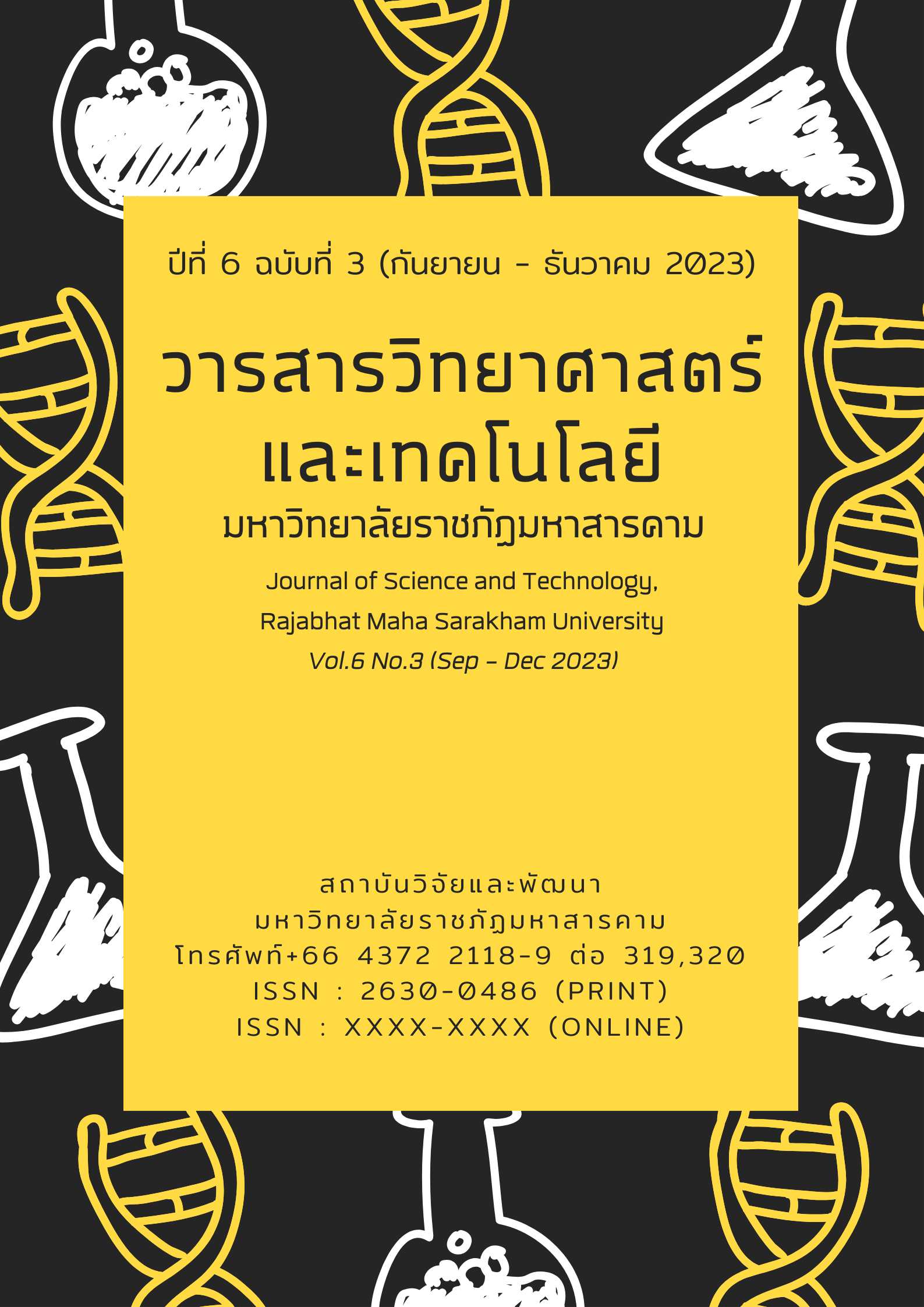Invention and Test the Efficiency of Dye Sensitized Solar Cell from TiO2 Semiconductor and N719 Dye Sensitized
Keywords:
Dye Sensitized Solar Cell, N719 Dye, TiO2Abstract
This research was aimed to invent and test the conversion efficiency of dye sensitized solar cell (DSSC) from N719 dye with varied the concentration of N719 dye at 0.20, 0.40, 0.60, 0.80 and 1.00 mM. The working electrode of this DSSC was made of TiO2 (anatase phase) while the counter electrolyte was made of Pt. The EL-HPE electrolyte was used for this DSSC. Measurement the conversion efficiency via Peccell PEC-11 solar simulator, It found that the efficiency of dye-sensitized solar cells at a concentration of 0.20 mM has 0.62%. While, at the concentrations of 0.40, 0.60, 0.80 and 1.00 mM, the efficiencies have 0.54%, 0.18%, 0.12% and 0.27% respectively. This effect is likely to be related to the fast recombination of the carrier ions of the dye when the concentration increases.
References
Ali Khalifa, Suhaidi Shafie, WZW Hasan, H.N. Lim, M. Rusop, S.S. Pandey, Ajendra K. Vats, Hussein A. AlSultan, Buda Samaila. (2020). Comprehensive performance analysis of dye-sensitized solar cells using single layer TiO2 photoanode deposited using screen printing technique. Optik. (223).
Boonloy, J. & Chaissitsak, S. (2011). Fabrication of Dye-sensitized solar cells by Screen printing technique. Proceeding of 49th Kasetsart University Annual Conference : Architecture and Engineering (p.130-137).
Department of Alternative Energy Development and Efficiency. (2011). Solar Energy. Handbook for development and investment in renewable energy production (1). P.1-2. Department of Alternative Energy Development and Efficiency. Ministry of Energy
Guo, W., Li, X., Qin, H., & Wang, Z. (2015). PEG-20000 assisted hydrothermal synthesis of hierarchical ZnO flowers: Structure, growth and gas sensor properties. Physica E: Low-dimensional Systems and Nanostructures, 73,163-168.
Lumpol, V. (2019). Fabrication of nanotubes TiO2 thin film via anodization process for dye sensitized solar cell. Thesis for Master of Science (CHEMICAL STUDIES) Department of CHEMISTRY Graduate School, Silapakorn University.
Monnoi, S. (2016). Efficiency Improvement and Performance Testing Under Actual Operating Environment of Dye-Sensitized Cell. Thesis for Master of Engineering in Renewable Energy Engineering Graduate School, Maejo University.
Sedghi, A., & Nourmohammsdi Miankushki, H. (2014). Effect of multi walled carbonnanotubes as counter electrode on dye sensitized solar cells. International Journal of Electrochemical Science, 9, 2029-2037.
Xiang Dong, Yingying Li, Zhiwei Lin, Jie Ge, Jianbei Qiu. (2013). Oriented TiO2 nanowire array grown on curved surface of Ti wire with superior photoelectrochemical properties. Applied Surface Science of Chaina. (270), pp. 457-461.



